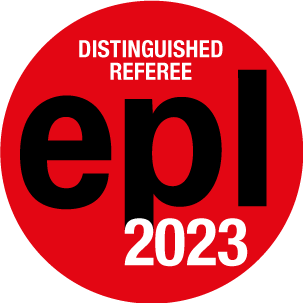Home
![[Photo]](./images/photo.jpg)
|
Dr. habil. Arthur Straube Research Fellow - Habilitation in Theoretical Physics - PhD in Fluid Mechanics - BSc & MSc in Physics Research profiles: - Web of Science (Res. ID): L-6379-2013 - Google scholar: M0BJGsoAAAAJ - ORCID: 0000-0002-8993-017X - Scopus: 8730469600 |
| Driven colloids and active particles in complex environments | |
| Stochastic biochemical reaction networks and intracellular kinetics, hybrid approaches | |
| Complexity reduction approaches, extraction of memory kernels from data | |
| Confined Brownian motion, contact line dynamics, microfluidic applications | |
| Reaction-advection-diffusion systems, mixing, front propagation and pattern formation |
| Learn how an active particle depins in Physical Review E, 2024 The depinning transition is a universal phenomenon observed across diverse systems and is well understood for passive particles. But what happens when activity comes into play? How does it reshape this transition? The answer is surprising. Read more 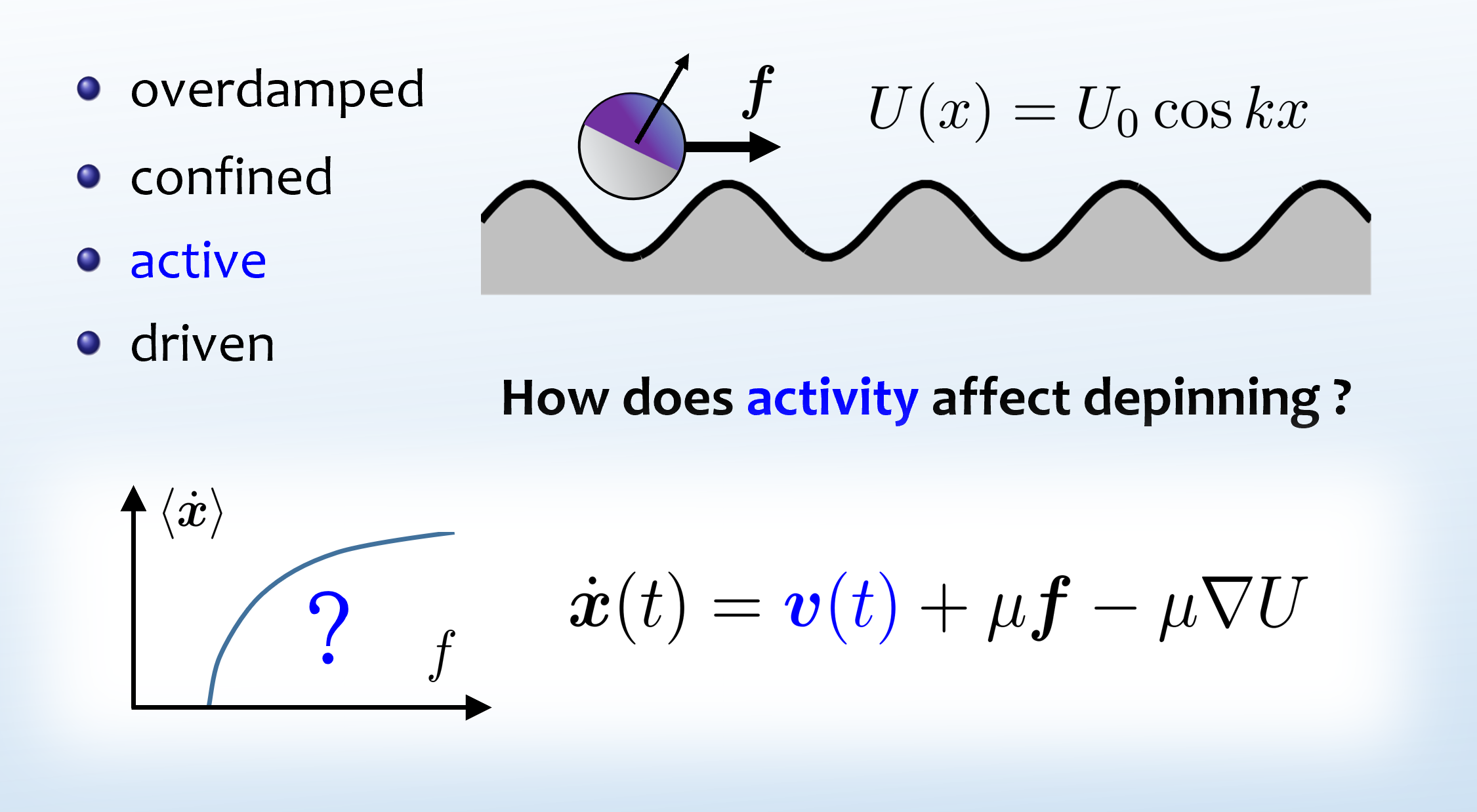 Details: Phys. Rev. E (Letter) 110, L062601 (2024) |
|
| Active magnetic particles on a supp Cover in Nano Letters, 2024 A hematite particle subjected to the combined action of activity and a rotating magnetic field displays two dynamic states: standind up and laying down. How does activity affect the transition between these states? Read more 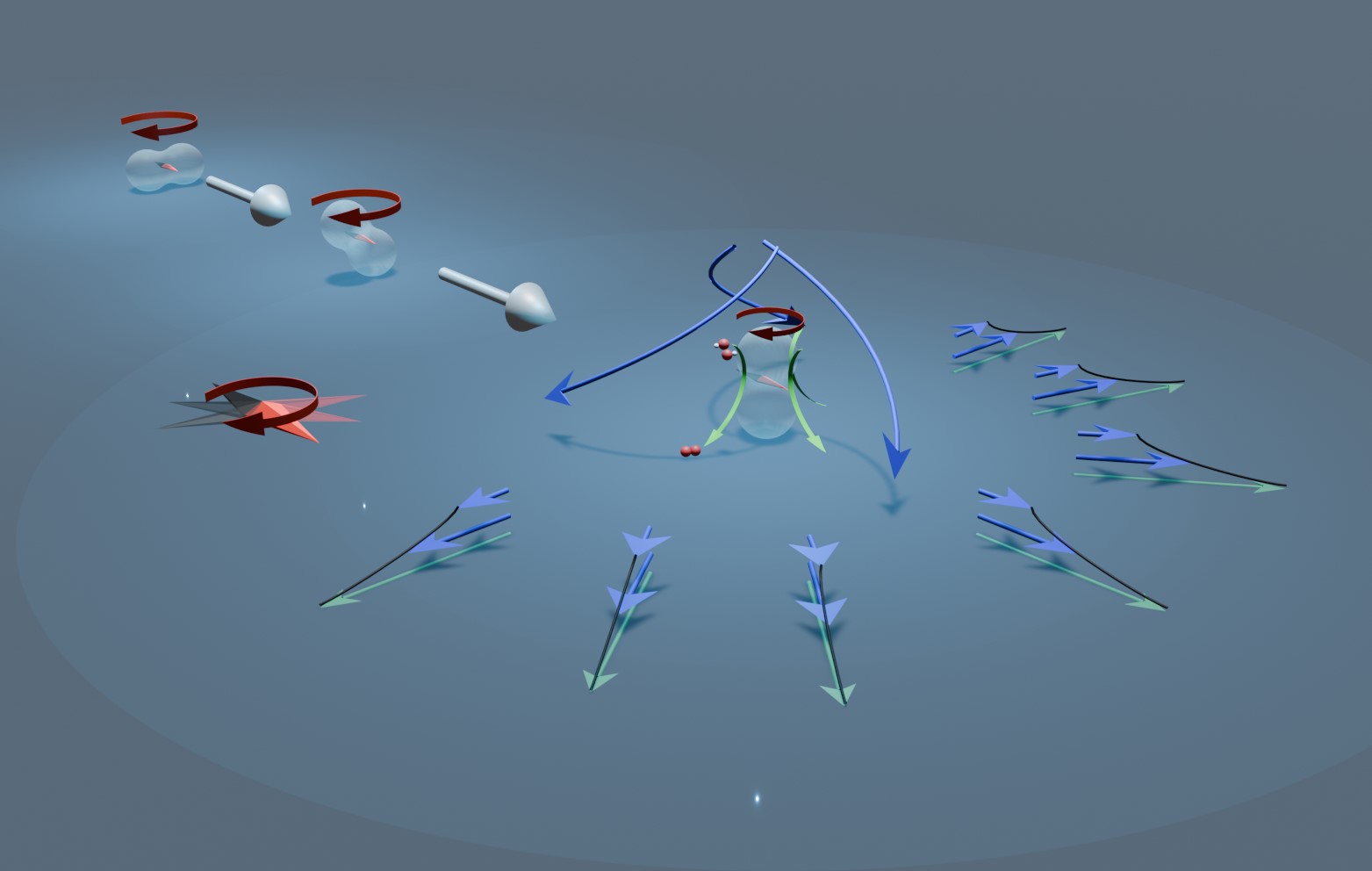
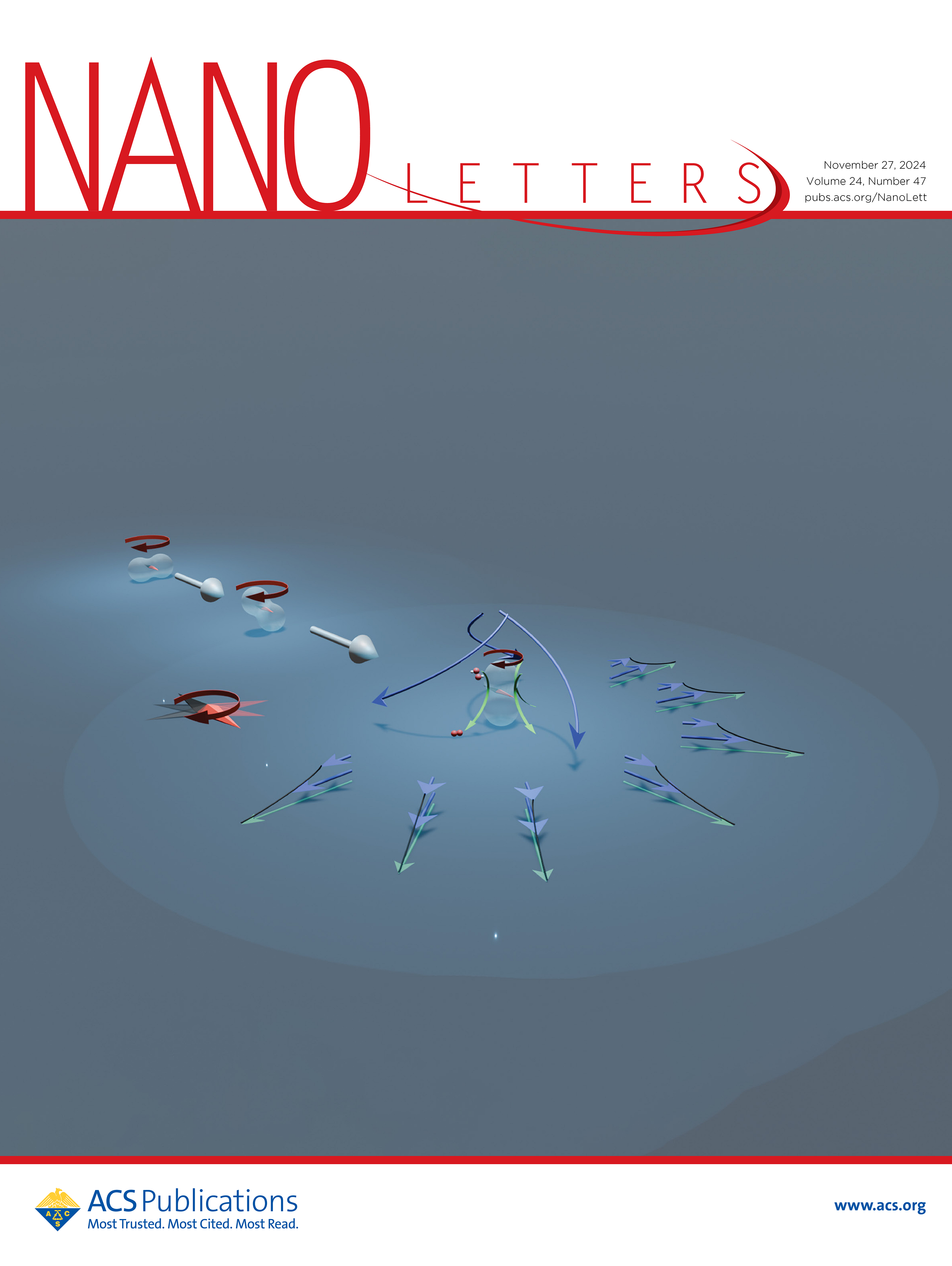 Details: Nano Lett. 24, 14950 (2024) |
|
| Novel complexity reduction approach in The Journal of Physics A, 2024 A wide and important class of systems exhibits overdamped motion. Can confinement and driving be coarse-grained and interpreted as memory effects? Nonequilibrium makes the question especially interesting. Read more 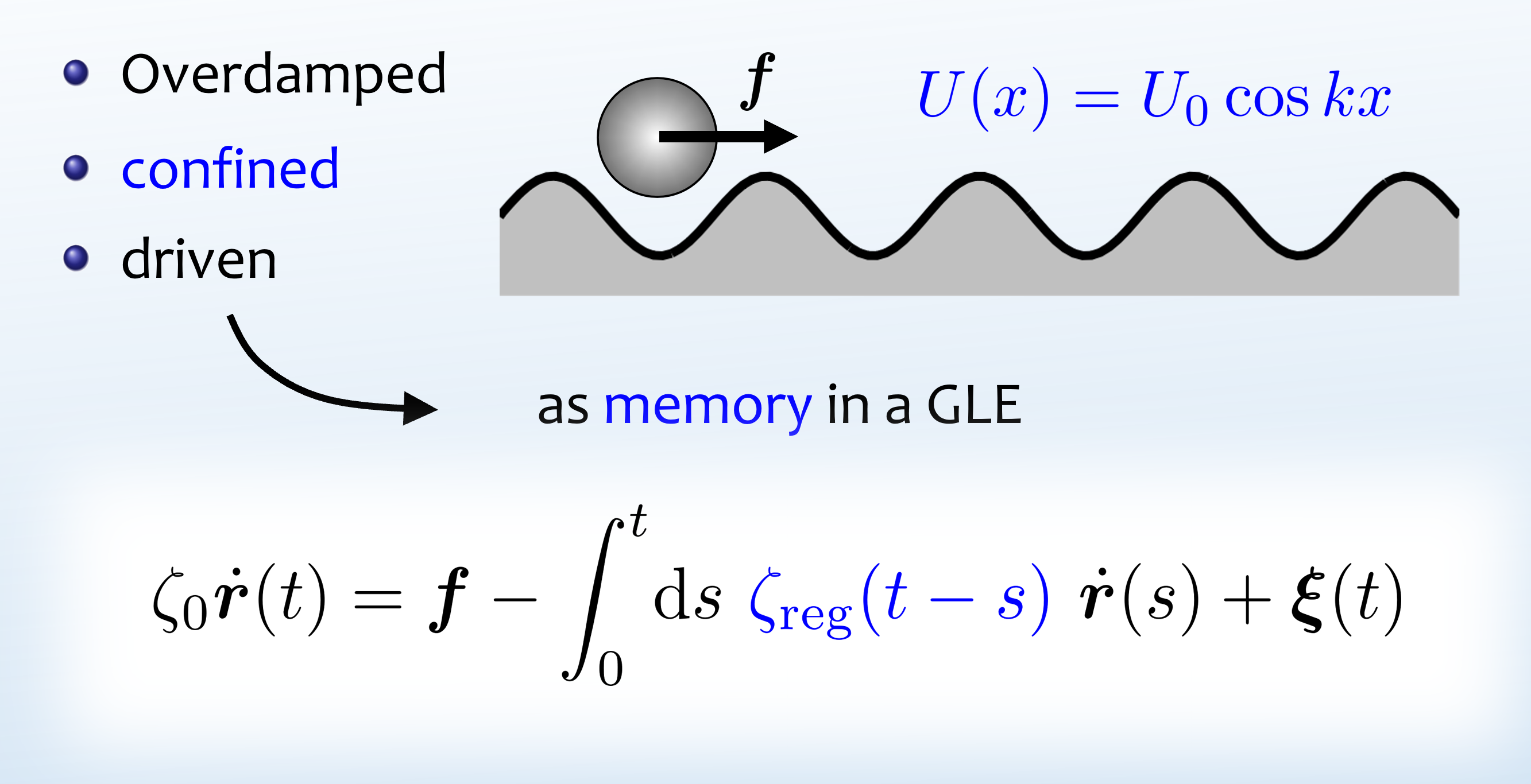 Details: J. Phys. A 57, 295003 (2024) |
|
| Unexpected extension in The Journal of Physical Chemistry B, 2023 Conceived as an extension of our previous study [JPCL 2021] to unveil the nature of the limit cycle, we have unpexpectedly arrived at a novel two-variable model of a pH oscillator, which is virtually exact reduction from four variables. Read more 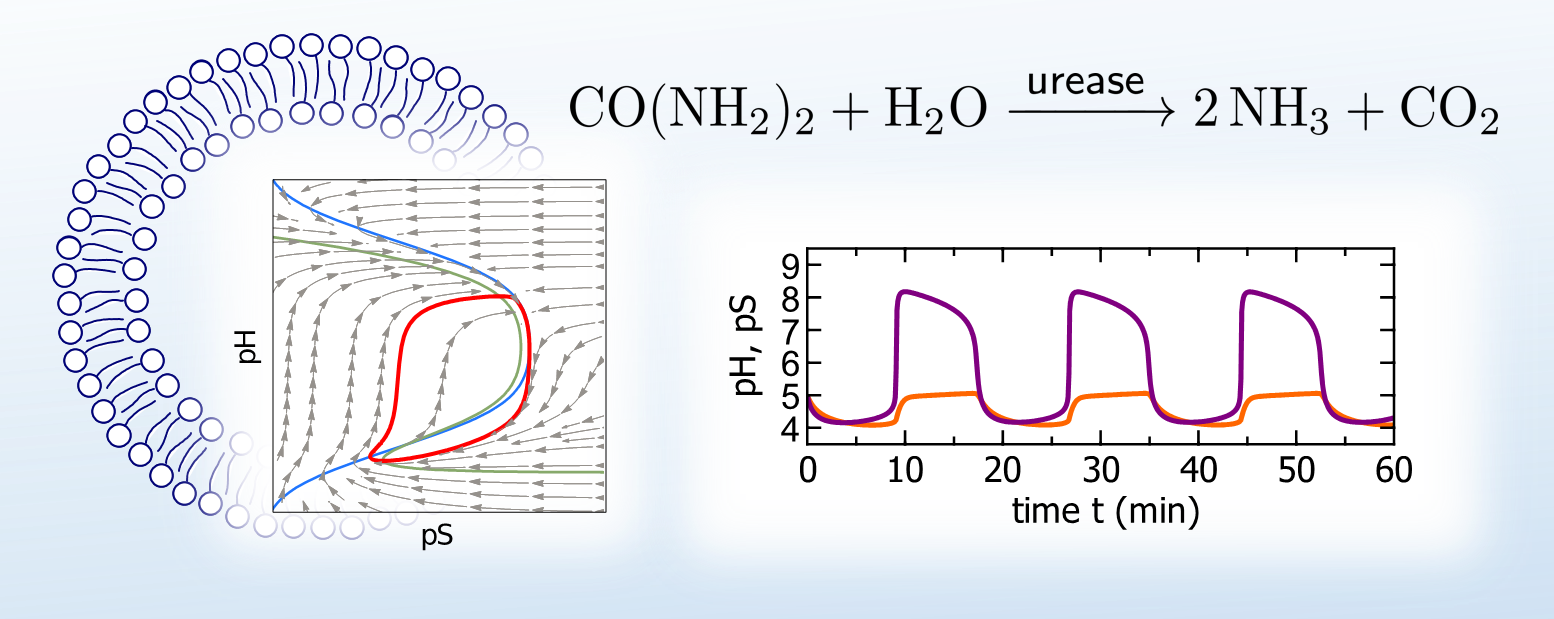 Details: J. Phys. Chem. B 127, 2955 (2023) |
|
Curious story in The Journal of Physical Chemistry Letters, 2021published within less than 4 weeksRhythms are vital for a variety of processes of life with the pH level having a strong impact on cell performance. Their machinery is hidden in small reaction compartments such as vesicles. How does their smallness affect the rhythm? Read more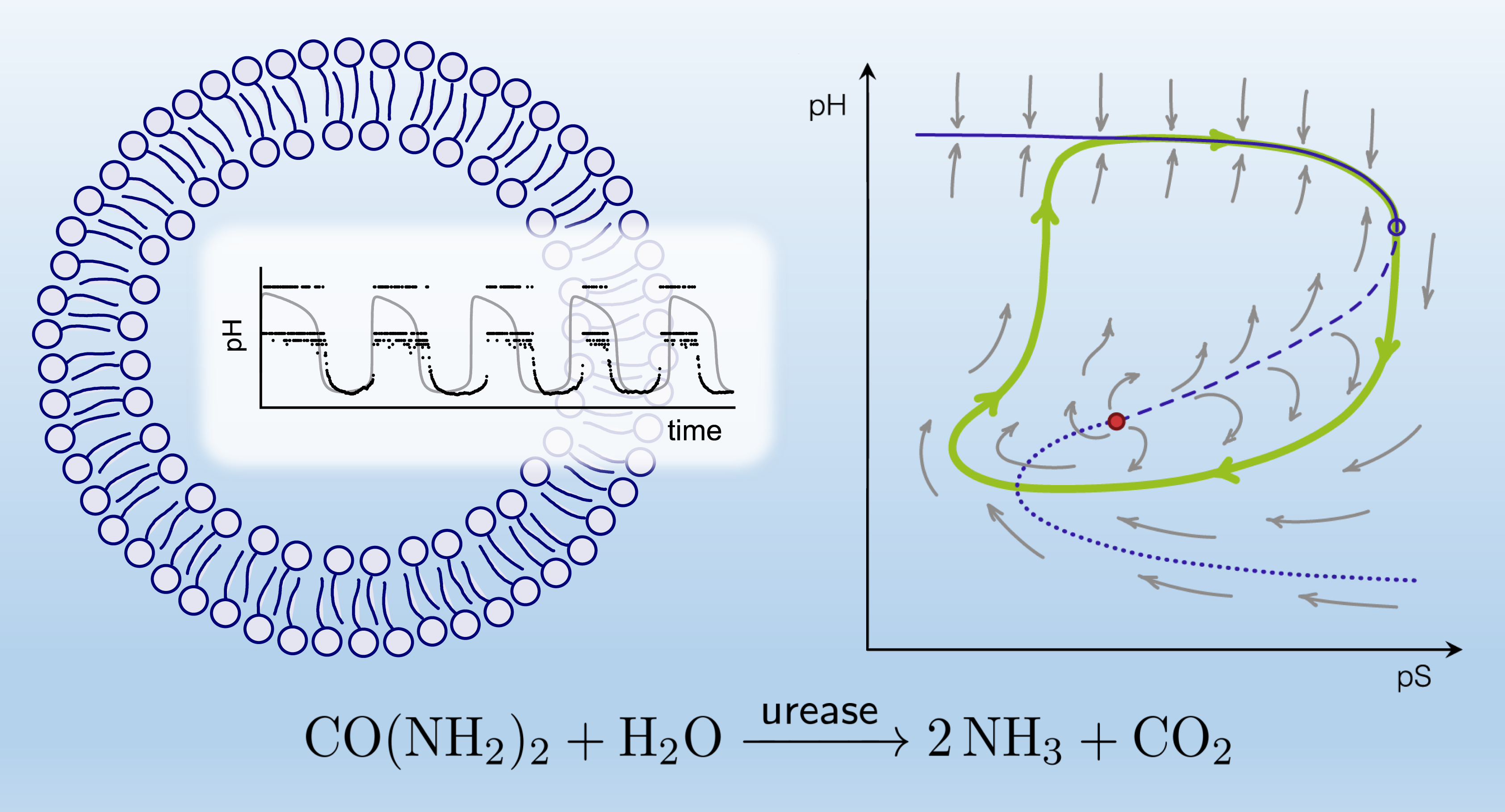 Details: J. Phys. Chem. Lett. 12, 9888 (2021) |
|
| Experiment & theory story in Nature Communications, 2021
[ZIB News] Being of great technological potential, assembling nanosized magnetic particles on surfaces presents a formidable challenge. Using theory to rationalize the experiment, we overcome this problem for traps created by magnetic domain walls. Read more 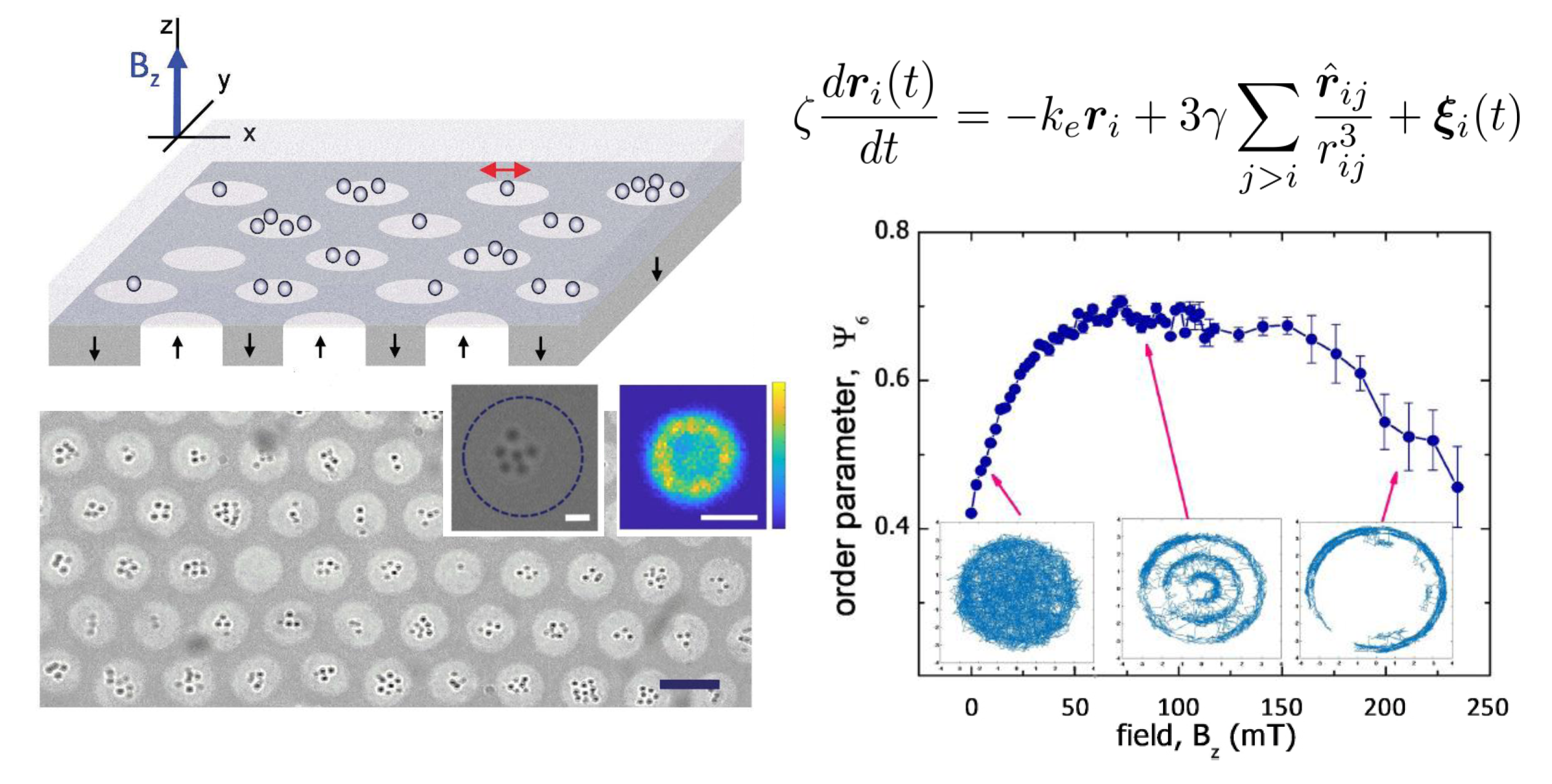 Details: Nature Commun. 12, 5813 (2021) |
|
| On the cover for October & Editor's highlight in Communications Physics, 2020 How friction in liquids emerges from conservative forces between atoms is currently not well understood. We combine frequency-resolved simulation data with theory to show that the friction felt by a single molecule occurs abruptly below a certain frequency. 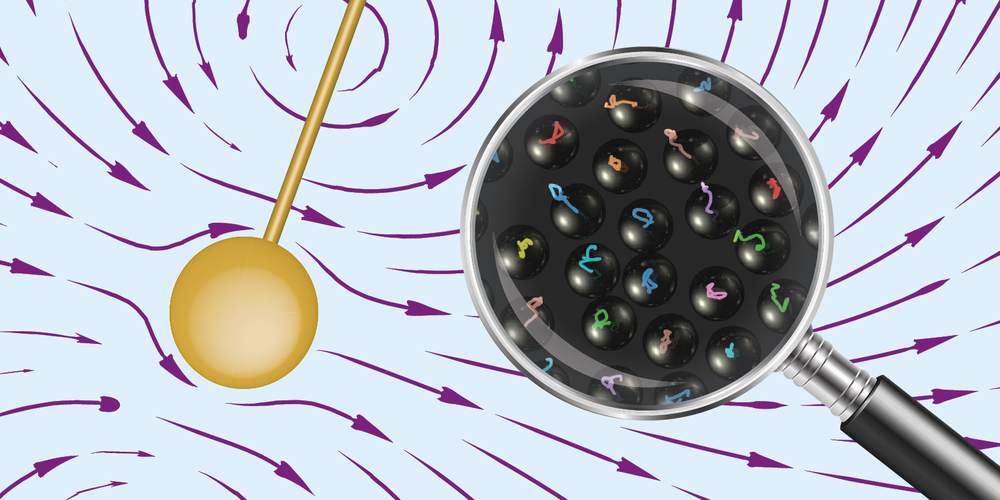 Details: Commun. Phys. 3, 126 (2020) |
|
| Experiment & theory story in Physical Review Letters, 2020 Directional locking is observed when a colloidal monolayer is driven across and interacts with a triangular lattice of magnetic bubbles. While single particles show no preferred direction, collective effects induce transversal current and directional locking at high density via a spontaneous symmetry breaking. 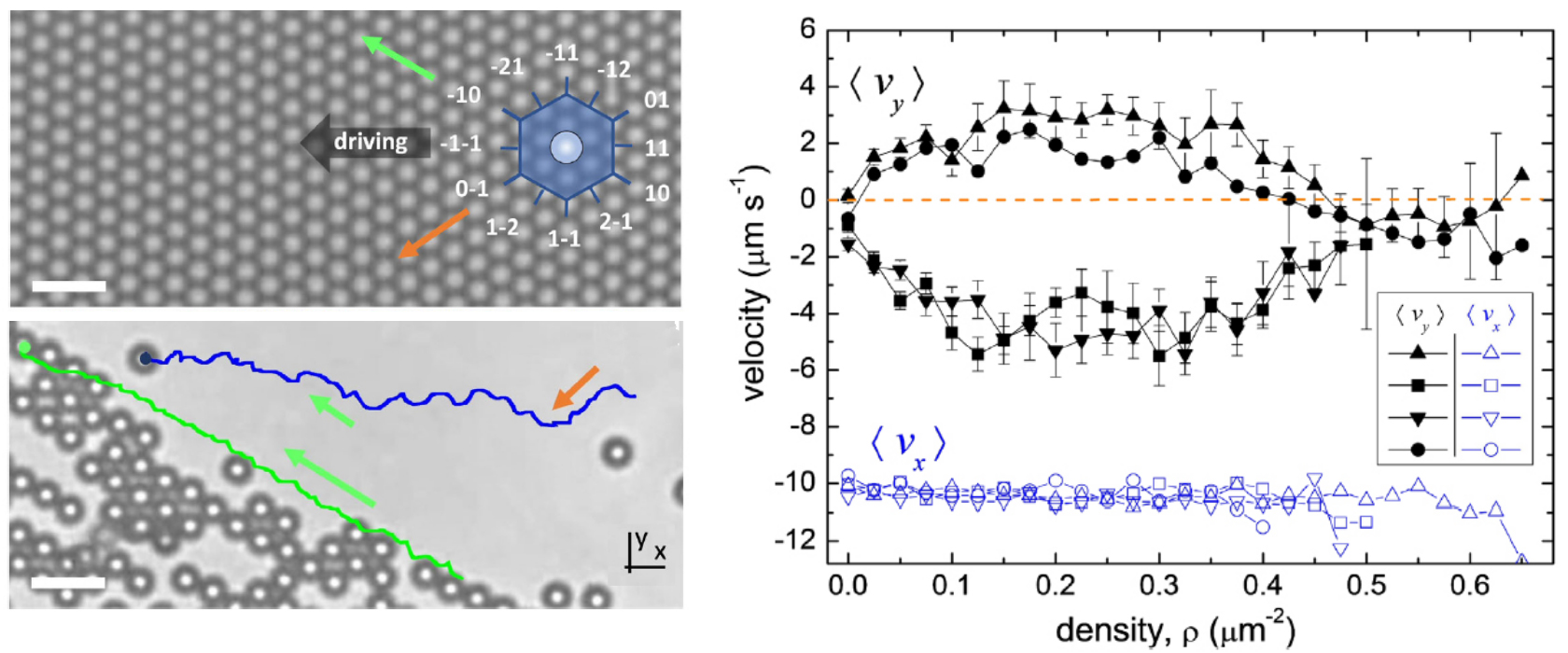 Details: Phys. Rev. Lett. 124, 058002 (2020) |
|
Rapid Communication & Editor's suggestion in Physical Review Research, 2019
We suggest a theoretical framework to understand how colloidal swimmers propel, interact and assemble in a nematic liquid crystal media by an alternating current electric field. Our results demonstrate importance of hydrodynamic interactions on the assembly of driven microscale matter in anisotropic media.
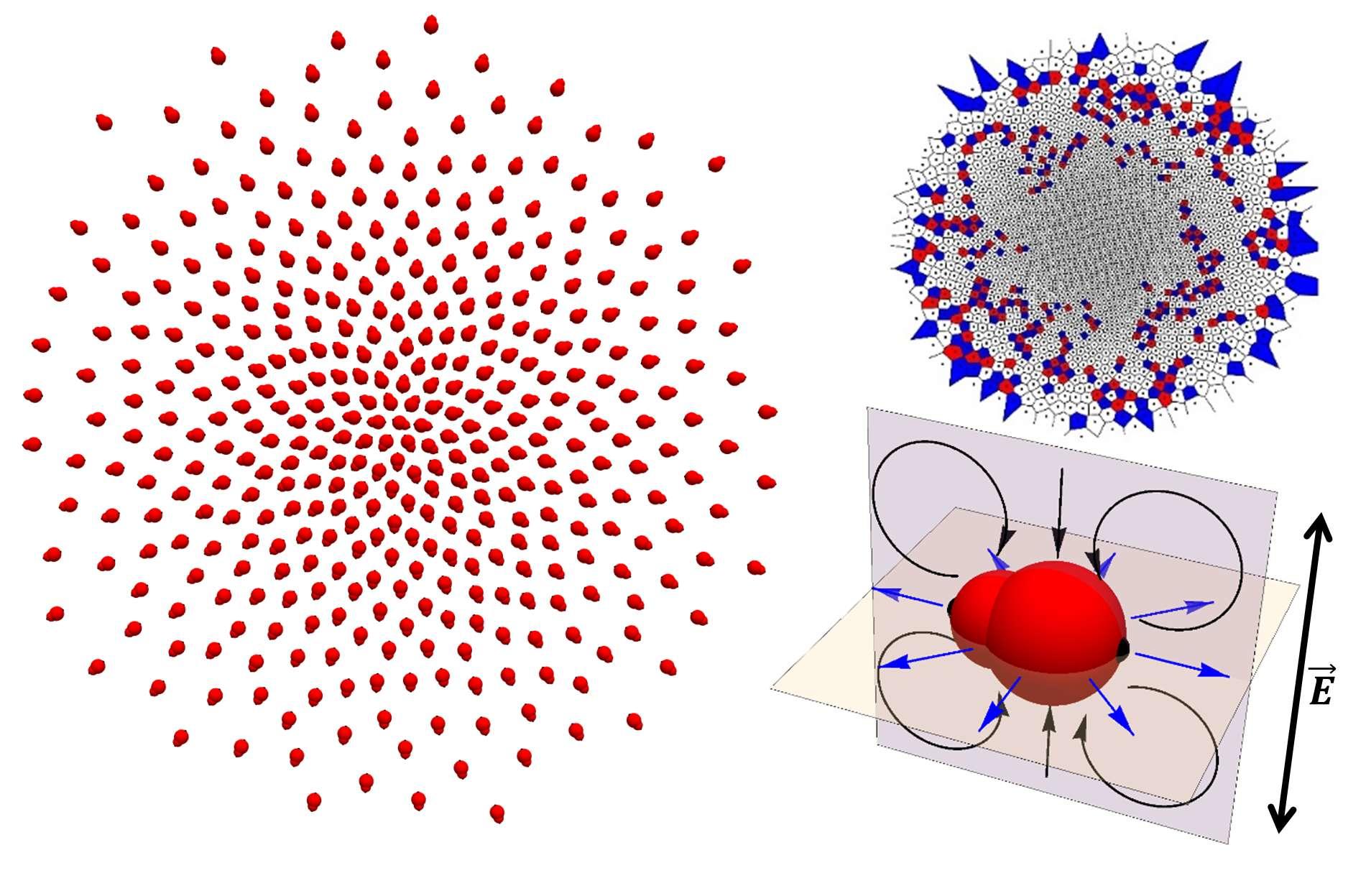 Details: Phys. Rev. Research 1, 022008(R) (2019) |
